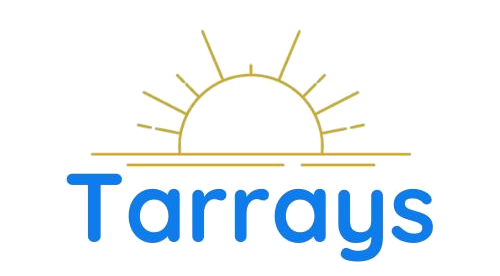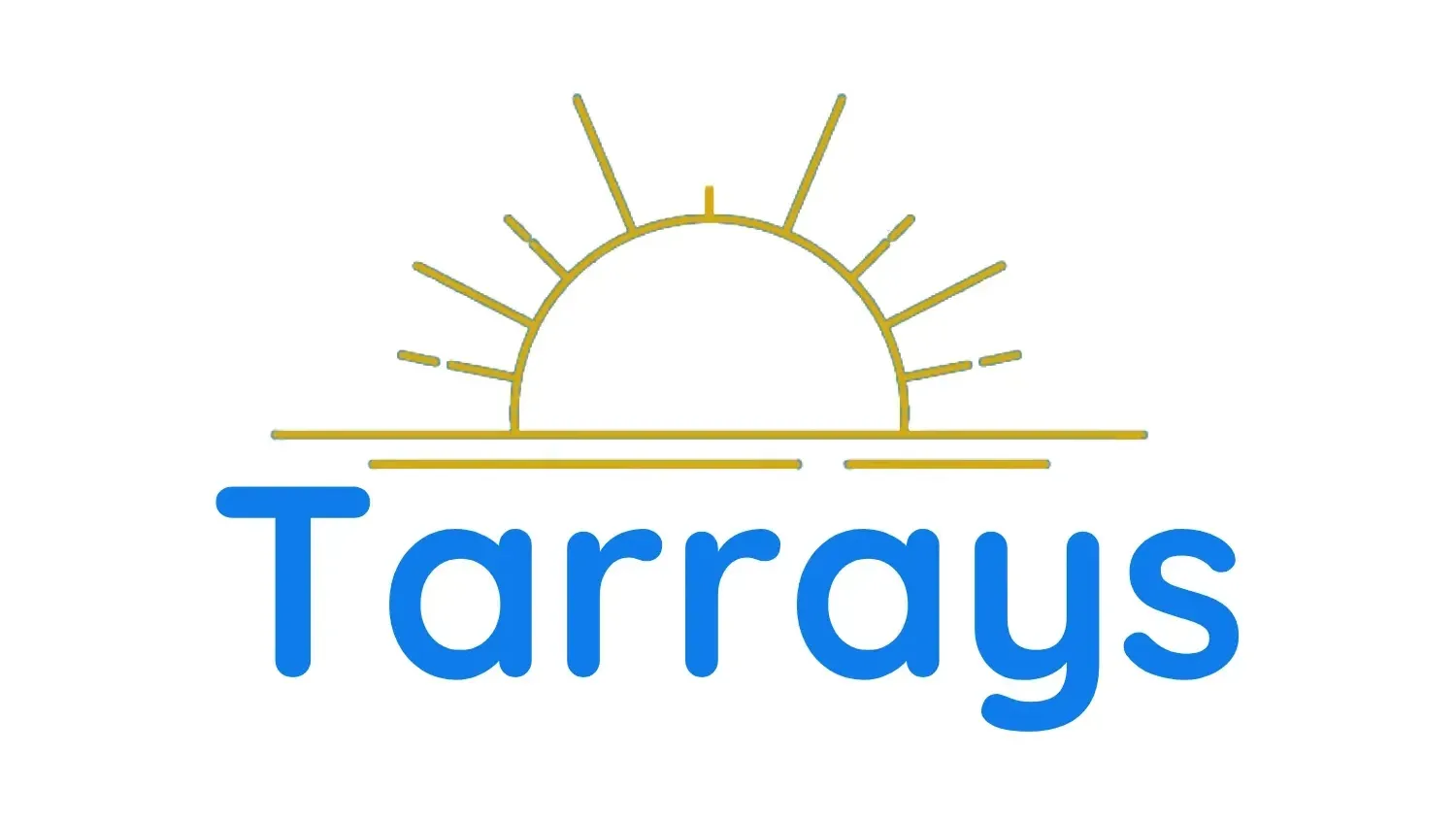A Comprehensive Guide to Aged Care Staffing Requirements
The world of aged care is evolving rapidly, and the demand for skilled aged care staff continues to grow. As the population ages, the need for quality care in aged care facilities has become more crucial than ever. You might be wondering about the complexities of staffing in this sector and how to ensure the best possible care for older adults. This guide aims to shed light on the key aspects of aged care staffing, from nurse-to-patient ratios to staff retention strategies.
In this comprehensive overview, you'll learn about the essential roles within aged care, including personal care workers and aged care nurses. We'll explore different staffing models for various types of residential aged care settings and discuss effective approaches to staff development and training. You'll also gain insights into workforce capacity building and strategies to boost staff retention, all of which play a vital part in maintaining high standards of care. By the end of this guide, you'll have a clear understanding of the staffing requirements and challenges faced by aged care providers in today's dynamic healthcare landscape.
Key Roles in Aged Care Staffing
In aged care facilities, you'll find a diverse team of professionals working together to provide comprehensive care for residents. The key roles in aged care staffing include Registered Nurses, Enrolled Nurses, and Personal Care Workers. Each of these roles plays a vital part in ensuring the well-being and quality of life for older adults in residential care settings.
Registered Nurses
Registered Nurses (RNs) are at the forefront of aged care, providing essential leadership and clinical expertise. Their responsibilities encompass a wide range of tasks, including:
- Conducting comprehensive resident assessments
- Developing and evaluating nursing care plans
- Administering medications and evaluating outcomes
- Providing holistic care, including emotional and psychological support
- Supervising and mentoring Enrolled Nurses and junior RNs
- Collaborating with multidisciplinary teams for better resident outcomes
RNs play a crucial role in ensuring timely access to effective nursing assessment and comprehensive care. Their presence is essential for maintaining high standards of care and reducing the risk of unplanned hospital admissions.
Enrolled Nurses
Enrolled Nurses (ENs) work under the direction of Registered Nurses and have a significant impact on the day-to-day care of residents. Their duties include:
- Monitoring and reporting on residents' health and well-being
- Assisting with personal hygiene and activities of daily living
- Administering medications as directed
- Contributing to resident care plans
- Providing basic nursing care and emotional support
ENs are valuable members of the aged care team, bridging the gap between RNs and Personal Care Workers. They possess the skills to provide essential care while working collaboratively with other healthcare professionals.
Personal Care Workers
Personal Care Workers (PCWs), also known as Aged Care Workers, are the backbone of daily care in aged care facilities. Their responsibilities include:
- Assisting residents with bathing, dressing, and grooming
- Providing emotional support and companionship
- Facilitating social activities and interactions
- Helping with meals and feeding
- Maintaining a clean and safe environment for residents
PCWs play a crucial role in creating a nurturing environment where older adults can thrive. Their compassionate and respectful approach is essential in maintaining the dignity and quality of life for residents.
Staffing Models for Different Facility Types
When you're considering aged care staffing models, it's crucial to understand that different facility types have unique requirements. Let's explore the staffing approaches for various aged care settings.
Standard Residential Aged Care Facilities
In standard residential aged care facilities, you'll find a structured staffing model. From 1 July 2023, these facilities must have at least one registered nurse on site and on duty 24 hours a day, 7 days a week. This requirement ensures continuous professional care for residents.
The Australian Government has introduced new staffing standards, mandating specific care minutes. However, research by the Australian Health Review suggests that only 3.8% of Residential Aged Care Facilities currently meet these new requirements. To improve care quality, the Australian Nursing and Midwifery Federation (ANMF) advocates for a minimum staffing ratio based on an average of 4.3 hours (258 minutes) of care per day per resident, with:
- 77 minutes from Registered Nurses
- 52 minutes from Enrolled Nurses
- 129 minutes from Personal Care Workers
Specialised Facilities
Specialised facilities, such as those catering to homeless individuals or Aboriginal and Torres Strait Islander residents, often have different care needs compared to standard facilities. These facilities receive additional subsidies under the Australian National Aged Care Classification (AN-ACC) base care tariff to address these unique requirements.
Currently, there's ongoing research to determine whether alternative arrangements for skills mix or 24/7 RN responsibilities should be considered for these specialised services. The variability in models of care and resident needs makes it challenging to predict the impact of potential changes to staffing requirements.
Multi-Purpose Services (MPS)
Multi-Purpose Services provide an integrated approach to health and aged care in regional and remote areas. This model allows older people to stay in their communities, closer to family and friends. MPS facilities offer a range of services, including:
- Residential and home care
- Acute care
- Subacute care (respite and palliative care)
- Emergency services
- Allied health services
The MPS program is a joint initiative between the Australian Government and state/territory governments. It aims to improve access to quality aged care services in areas that cannot support both a hospital and a separate aged care home.
Strategies for Recruitment and Retention
To address the growing demand for aged care staff, you need to implement effective strategies for recruitment and retention. By focusing on training, career progression, and incentives, you can attract and retain skilled professionals in this rapidly expanding sector.
Training and Development Programs
Investing in education and training is crucial to help your staff understand their obligations and provide high-quality care. You can utilise platforms like Alis to offer online learning opportunities covering essential topics such as the Code of Conduct in Aged Care, Aged Care Quality Standards, and the Serious Incident Response Scheme. These programs can be logged as part of continuing professional development (CPD) for your staff.
To enhance the effectiveness of training, consider adopting a multifaceted approach. Blend in-practice learning with additional implementation strategies, such as supervision and didactic learning. This approach has been shown to be particularly effective in the homecare workforce.
Career Progression Pathways
The aged care sector offers numerous long-term career pathways, providing opportunities for staff to grow and develop their skills. You can present these pathways to potential recruits and existing staff to demonstrate the potential for advancement within the industry.
Some key career progression options include:
- Personal Care Worker to Enrolled Nurse to Registered Nurse
- Activities Officer to Lifestyle Coordinator
- Kitchen Hand to Chef to Head Chef
- Housekeeping Attendant to Housekeeping Team Leader
By highlighting these pathways, you can attract individuals looking for long-term career prospects and motivate existing staff to pursue further qualifications and take on higher roles.
Incentives for Rural and Remote Work
To address staffing challenges in rural and remote areas, consider implementing incentive schemes similar to the Rural Health Workforce Incentive Scheme in NSW. This approach has proven effective, with recruitment and retention rates surging by one-fifth in just six months after doubling the available support.
Key incentives you can offer include:
- Salary boosts and sign-on bonuses
- Retention payments of up to £20,000 per annum
- Relocation assistance and housing support
- Additional leave
- Access to training and education opportunities
By scaling these packages to increase in value for more remote locations, you can effectively attract and retain staff in hard-to-fill positions.
Conclusion
The aged care sector faces significant challenges in meeting staffing requirements and providing high-quality care for older adults. By understanding the key roles, staffing models, and effective strategies for recruitment and retention, aged care providers can better address these challenges. This comprehensive approach has an impact on the overall quality of care and the well-being of residents in aged care facilities.
To improve the aged care workforce, it's crucial to focus on ongoing training, clear career pathways, and attractive incentives, especially for rural and remote areas. By putting these strategies into action, the sector can attract and retain skilled professionals, ultimately leading to better outcomes for older adults in care. As the demand for aged care services continues to grow, these efforts will play a vital role in shaping a robust and compassionate aged care system for the future.












